When you’re shopping for high-performance cookware in the U.S., two names are going to jump out at you: All-Clad and Ninja.
On the surface, they both promise premium cooking performance, but they live in completely different worlds.
All-Clad is the heritage American manufacturer, rooted in metallurgy and built around fully-clad stainless steel that can last decades. Ninja is the new disruptor, a brand best known for blenders, air fryers, and nonstick cookware with bold marketing claims like “neverstick for a lifetime.”
If you’re standing in a U.S. store aisle — or scrolling Amazon — and wondering if you should drop your dollars on All-Clad or Ninja, this is the guide you need.
No fluff, no filler, just a professional deep dive into construction, metallurgy, ergonomics, heat performance, pricing, and long-term value.
1. 🏭 Brand Histories & Market Position
All-Clad
- Founded: 1971, Canonsburg, Pennsylvania.
- Innovation: John Ulam, a metallurgist, invented bonded cookware (multiple layers of metal fused together).
- Production: Premium lines (D3, D5, Copper Core, Graphite Core) are still made in the U.S.
- Market: High-end cookware, widely respected by chefs, culinary schools, and serious home cooks.
- Reputation in the U.S.: The “gold standard” of stainless steel pans.
Ninja
- Parent Company: SharkNinja, based in Needham, Massachusetts.
- Founded: 2003 (originally as Euro-Pro).
- Cookware Expansion: Entered the cookware space much later, with a focus on nonstick pans, ceramic-coated, and hybrid designs.
- Production: Cookware is manufactured in China.
- Market: Mid-range consumer cookware, aggressively marketed on TV and online.
- Reputation in the U.S.: Known for “NeverStick” pans and air fryers, targeting everyday home cooks who want convenience.
📌 Key difference: All-Clad = professional-grade, U.S.-made stainless. Ninja = trendy, nonstick-heavy, mass-market cookware.
2. ⚙️ Construction & Engineering
2.1 All-Clad Construction
- Core Technology: Fully clad (metals bonded through the entire pan, up the sides).
- Lines:
- D3: 3-ply (stainless–aluminum–stainless).
- D5: 5-ply (slower, more even heating).
- Copper Core: 5-ply with copper for responsiveness.
- Graphite Core: 5-ply with graphite for lightness and speed.
- Exterior: Magnetic stainless (induction-compatible).
- Interior: 18/10 stainless steel.
- Handles: Riveted stainless.
- Oven Safe: Up to 600°F.
- Induction Compatible: Yes.
2.2 Ninja Construction
- Core Technology: Nonstick-focused, aluminum-based pans.
- Lines:
- Ninja Foodi NeverStick: Hard-anodized aluminum with plasma ceramic-reinforced nonstick coating.
- Ninja PossiblePan / PossiblePot: Ceramic nonstick cookware designed for multifunctional use.
- Ninja Foodi Stainless NeverStick Premium: Combines stainless steel exterior with nonstick interior.
- Exterior: Aluminum or stainless.
- Interior: PTFE-based or ceramic nonstick.
- Handles: Riveted stainless or silicone-wrapped.
- Oven Safe: Up to 500°F (varies by line).
- Induction Compatible: Some lines, not all.
📌 Biggest difference: All-Clad = stainless steel cooking surface, no coatings. Ninja = almost exclusively nonstick interiors.
3. 🔬 Metallurgy & Material Science
| Factor | All-Clad | Ninja |
|---|---|---|
| Cooking surface | 18/10 stainless steel | Nonstick (PTFE or ceramic) |
| Core | Aluminum, copper, or graphite | Aluminum (anodized or clad) |
| Durability | Decades (20–30 years+) | 2–5 years for nonstick coating |
| Toxicity risk | None (stainless inert) | Minimal with PTFE; ceramic degrades faster |
| Oven safety | Up to 600°F | Up to 500°F (nonstick weak point) |
📌 Stainless vs Nonstick: All-Clad = built for longevity + pro techniques. Ninja = built for convenience + short-term performance.
4. ⚖️ Weight & Ergonomics
All-Clad
- Weight: Heavier (due to full cladding).
- Balance: Excellent, professional feel.
- Handles: Secure but can feel sharp (classic grooved design).
- Best for: Pro kitchens, serious cooks, those who don’t mind weight.
Ninja
- Weight: Lighter (aluminum base, thinner cladding).
- Balance: Comfortable, base-heavy design.
- Handles: Rounded, often more comfortable for casual users.
- Best for: Everyday cooking, people who want easy handling.
📌 Ergonomics edge for casual users: Ninja. For serious cooks: All-Clad.
5. 🔪 Cooking Performance (Testing Conditions)
5.1 Heat-Up Speed
- All-Clad D3: 1 minute 10 seconds to boil 1 qt water.
- All-Clad Copper Core: Even faster.
- Ninja NeverStick: ~50 seconds to boil, aluminum heats quickly.
5.2 Heat Distribution
- All-Clad: Even, edge-to-edge. No hotspots.
- Ninja: Good distribution, but weaker up the sides (disc-bottom effect).
5.3 Responsiveness
- All-Clad Copper Core / Graphite: Instant adjustments.
- Ninja: Nonstick surface insulates slightly, slower reaction.
5.4 Searing & Browning
- All-Clad: Excellent crust (steaks, pork chops, scallops).
- Ninja: Adequate but weaker browning due to nonstick barrier.
5.5 Delicate Cooking (eggs, fish)
- All-Clad: Requires skill or oil to avoid sticking.
- Ninja: Nonstick excels — easy cleanup, zero sticking.
📌 Summary: Ninja wins convenience cooking, All-Clad wins pro-level cooking.
6. 🧼 Maintenance & Durability
All-Clad
- Stainless interior = metal utensil safe.
- No coatings to degrade.
- Can last 20–30 years with proper care.
- Dishwasher safe, though hand wash is better.
Ninja
- Nonstick surface eventually degrades (scratches, loses release).
- Lifespan: 2–5 years typical.
- Requires wood/silicone utensils.
- Dishwasher “safe” but shortens lifespan.
📌 All-Clad = heirloom cookware. Ninja = replace every few years.
7. 💵 U.S. Pricing (2024)
| Item / Set | All-Clad (USA) | Ninja (USA) |
|---|---|---|
| 10” Fry Pan | $120–$200 | $40–$60 |
| 3 qt Saucepan | $200–$280 | $60–$80 |
| 10 pc Stainless Set | $699–$1,399 | $229–$399 |
| Nonstick 10 pc Set | $399–$699 (HA1 line) | $199–$299 |
📌 Ninja = budget-friendly. All-Clad = premium investment.
8. 📉 Longevity & Value Over Time
- All-Clad:
- 10-pc stainless set at $1,000.
- Lifespan 25+ years.
- $40/year cost of ownership.
- Ninja:
- 10-pc nonstick set at $300.
- Lifespan ~5 years.
- $60/year cost of ownership.
📌 Ninja cheaper upfront, All-Clad cheaper long-term.
9. 👨🍳 Who Should Buy Which?
- Choose All-Clad if:
- You want cookware that will last a lifetime.
- You cook frequently or professionally.
- You want U.S.-made, pro-quality stainless steel.
- You value heat performance over convenience.
- Choose Ninja if:
- You cook casually and want easy cleanup.
- You prioritize nonstick convenience.
- You’re on a budget.
- You’re okay replacing pans every few years.
10. 📊 Head-to-Head Comparison Table
| Feature | All-Clad | Ninja |
|---|---|---|
| Origin | U.S.-made (premium lines) | China-made |
| Core | Stainless + aluminum/copper | Aluminum + nonstick |
| Surface | Stainless steel | PTFE or ceramic nonstick |
| Weight | Heavier, pro feel | Lighter, easier |
| Heat Performance | Pro-level, even, responsive | Fast heat, weaker searing |
| Maintenance | Easy, lifetime durable | Easy at first, degrades |
| Longevity | 20–30 years | 2–5 years |
| Price (10 pc set) | $699–$1,399 | $229–$399 |
| Target Market | Professionals + serious cooks | Casual home cooks |
✅ Final Verdict: All-Clad vs Ninja Pans
- All-Clad is the clear choice for buyers who want professional performance, durability, and long-term value. Yes, it costs more upfront, but it delivers a lifetime of service.
- Ninja is the right choice for buyers who want affordable, easy-to-use nonstick cookware with good short-term performance, especially for eggs, pancakes, and quick meals.
📌 In the U.S.: All-Clad = investment cookware. Ninja = disposable convenience cookware.
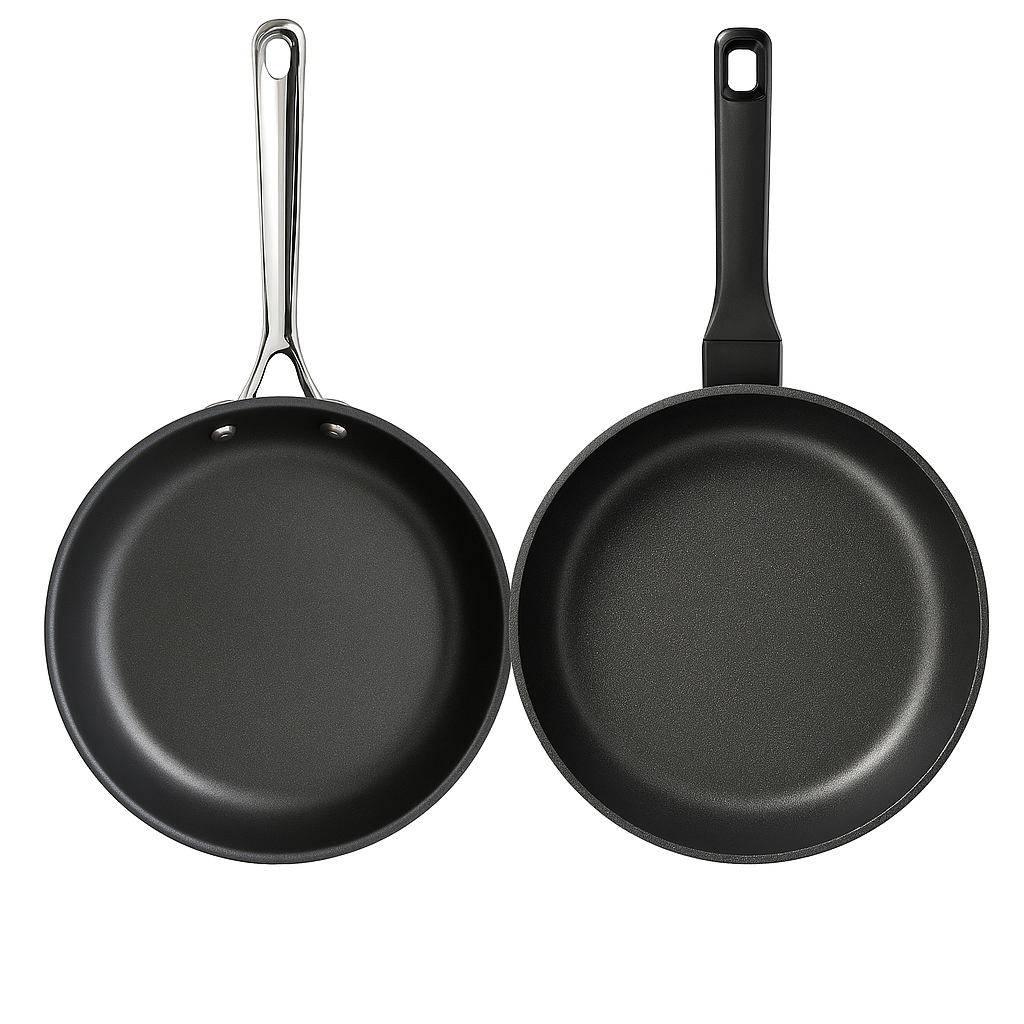

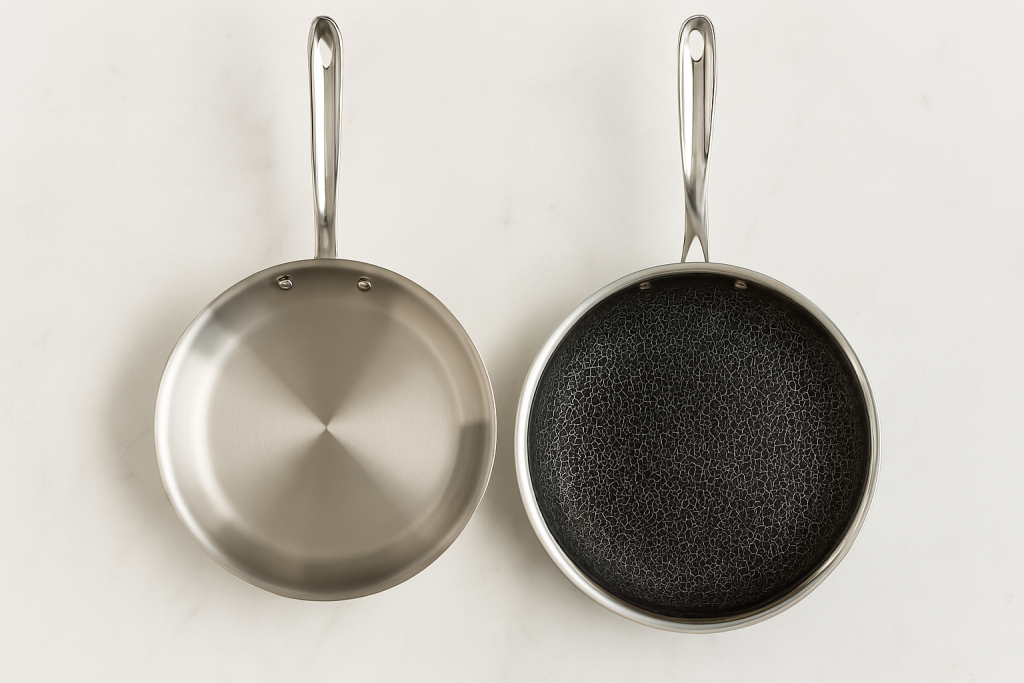
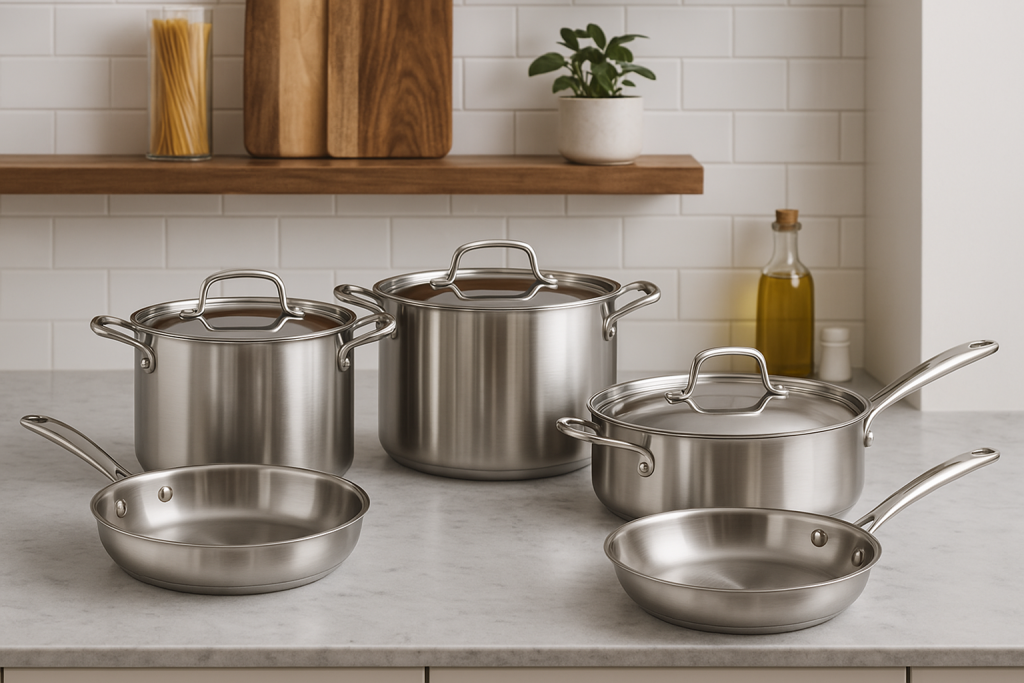
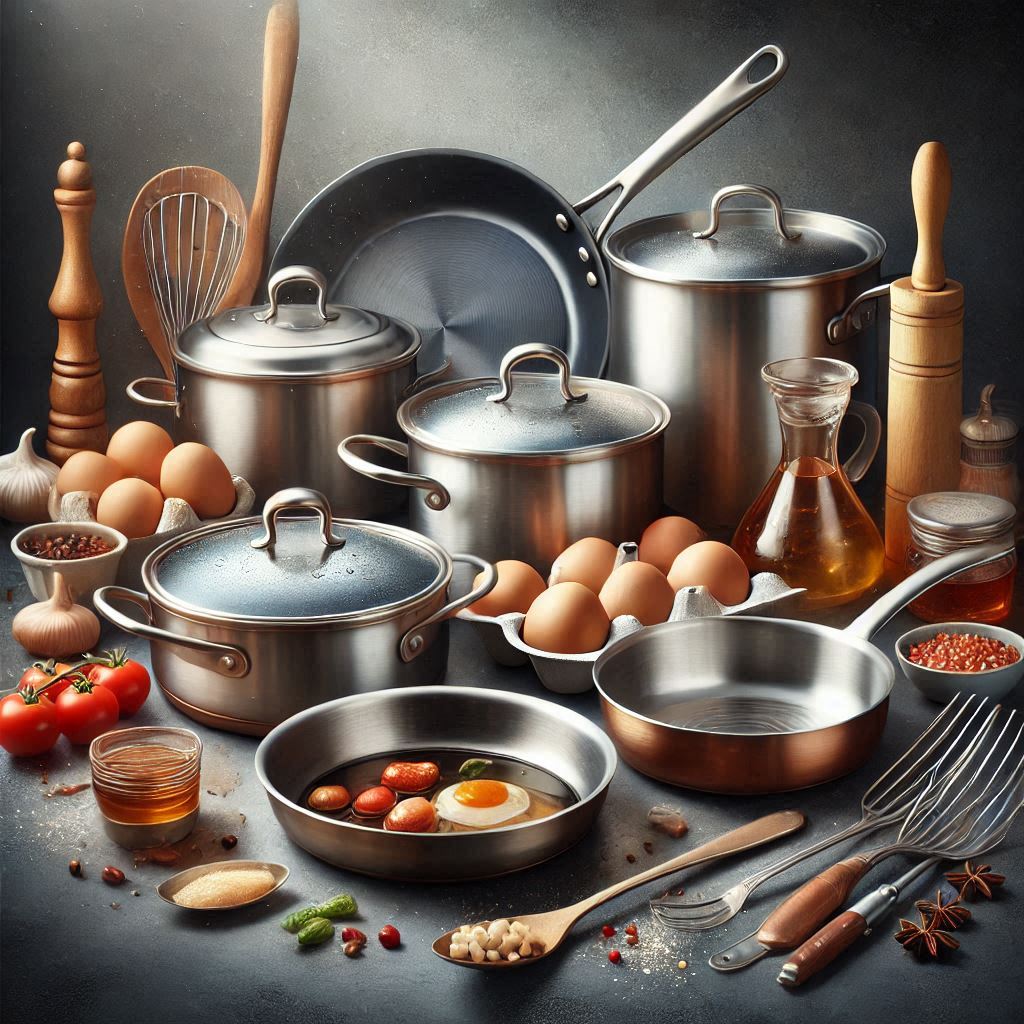
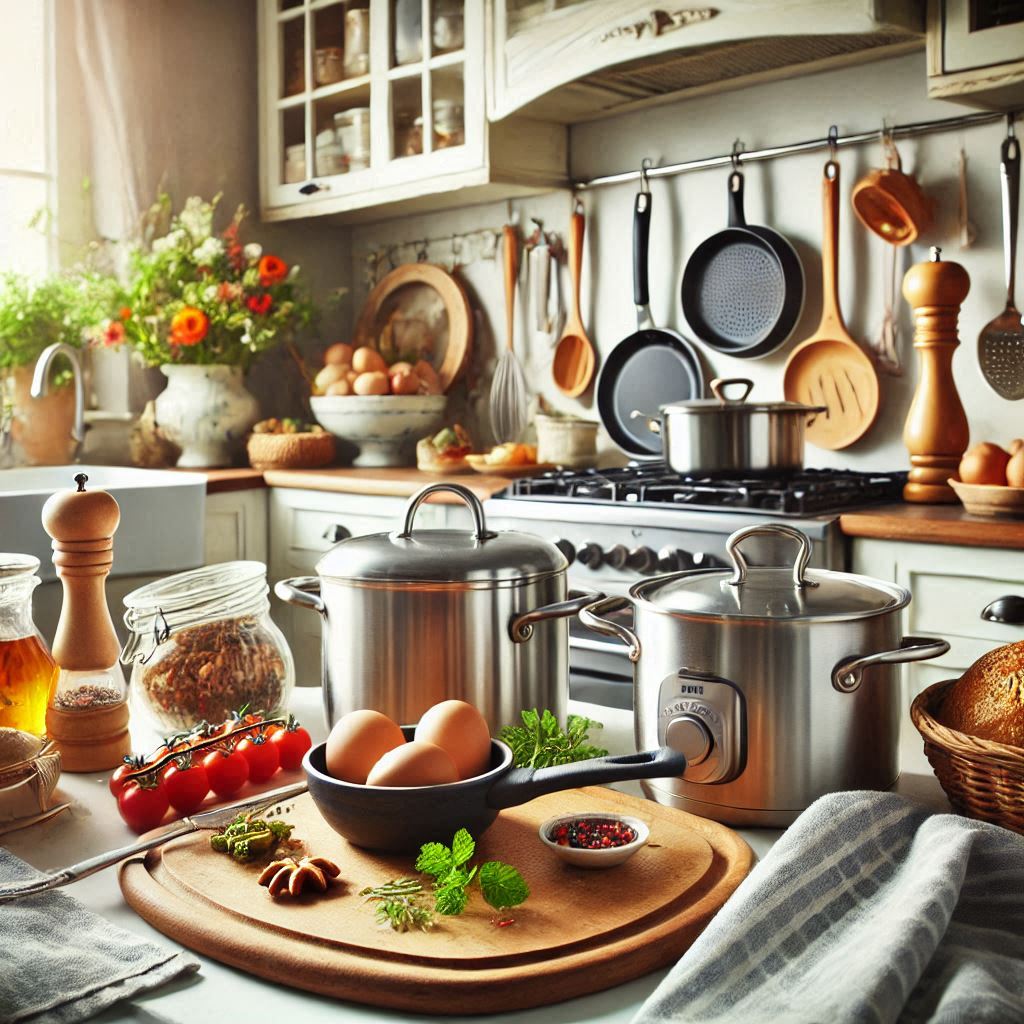
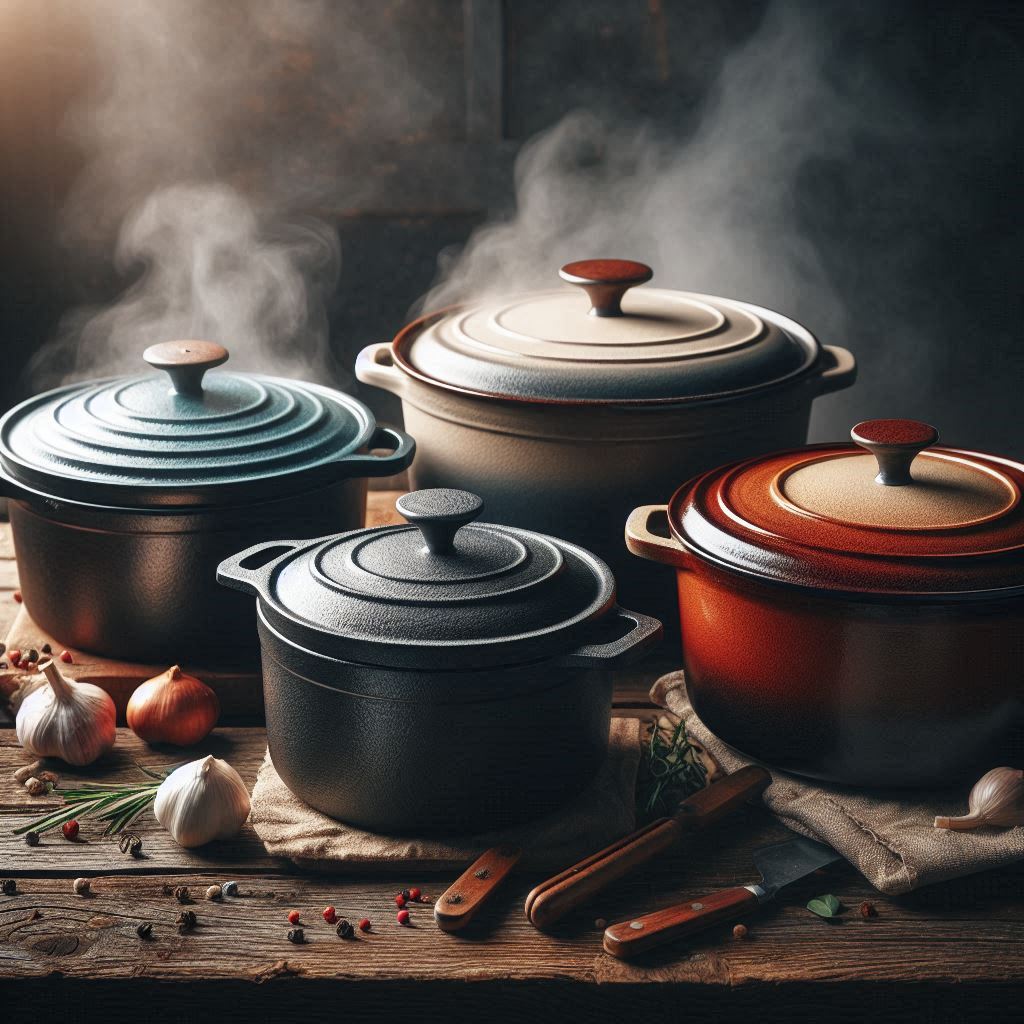

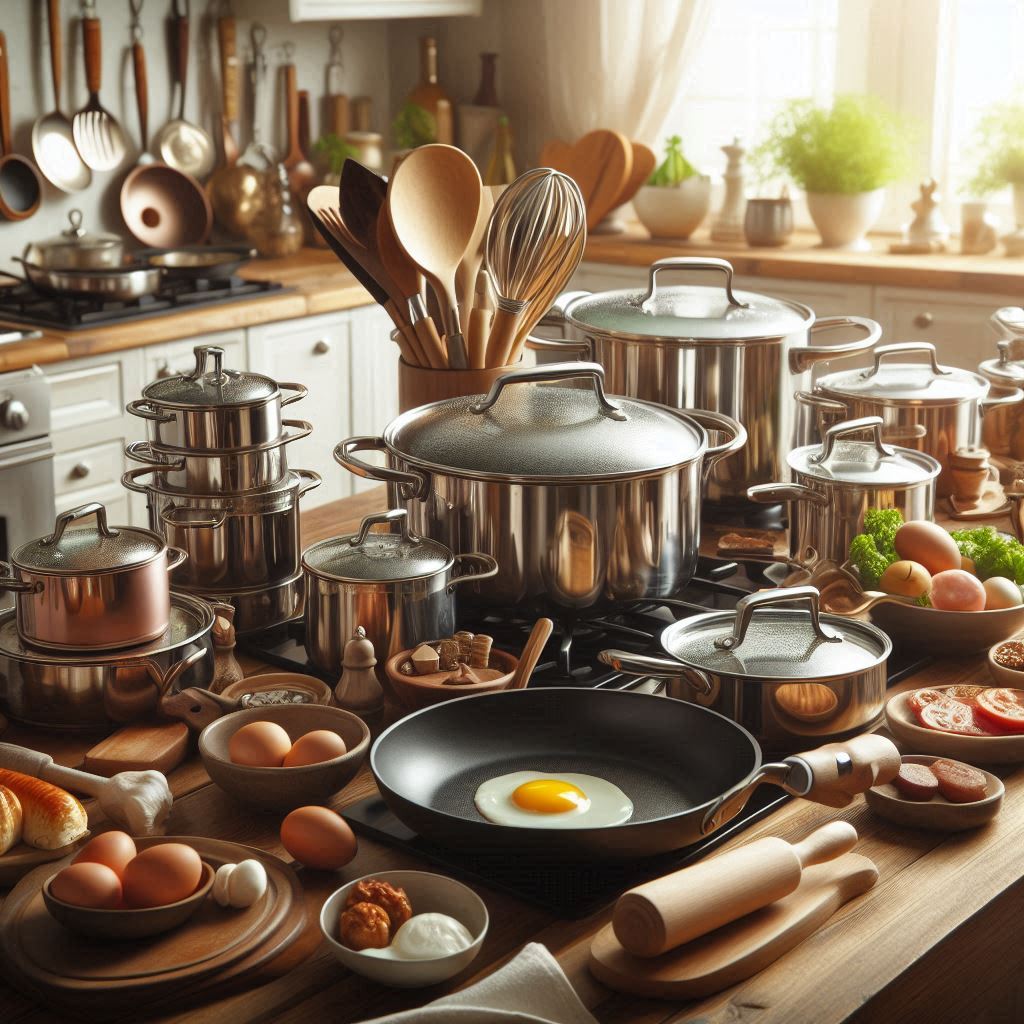
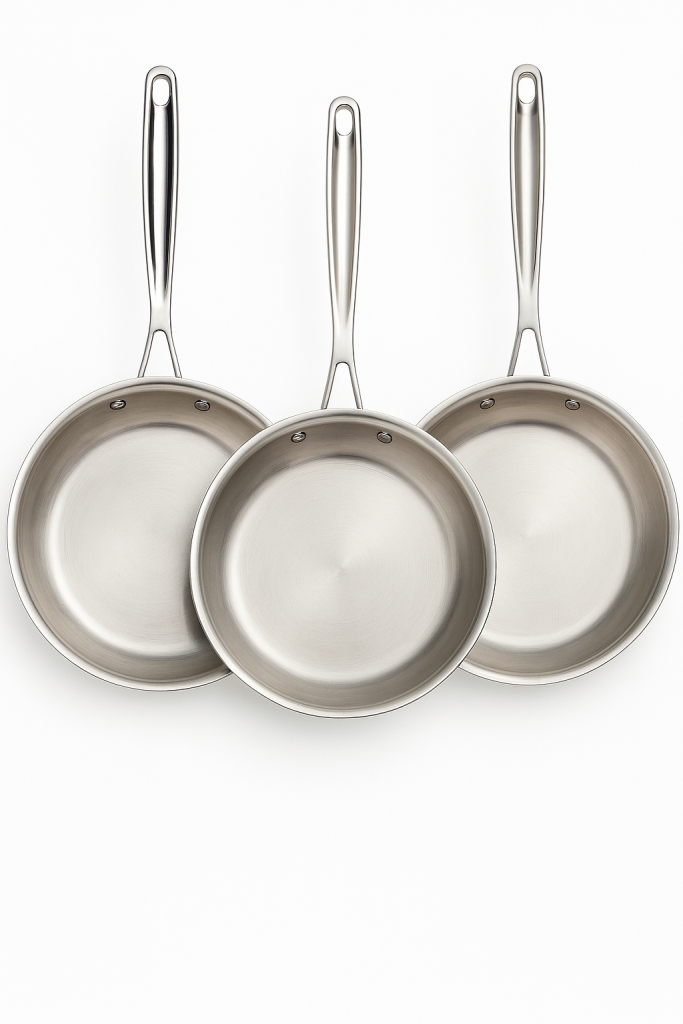
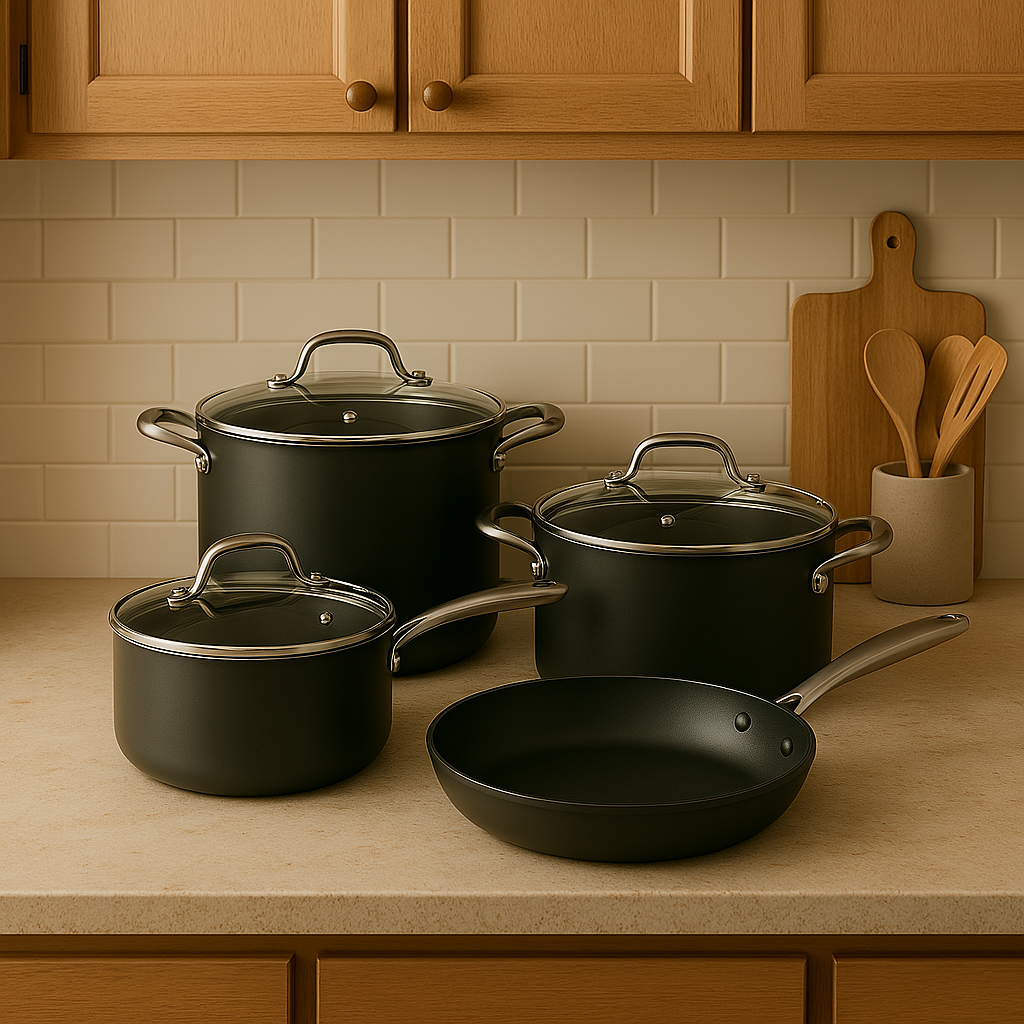
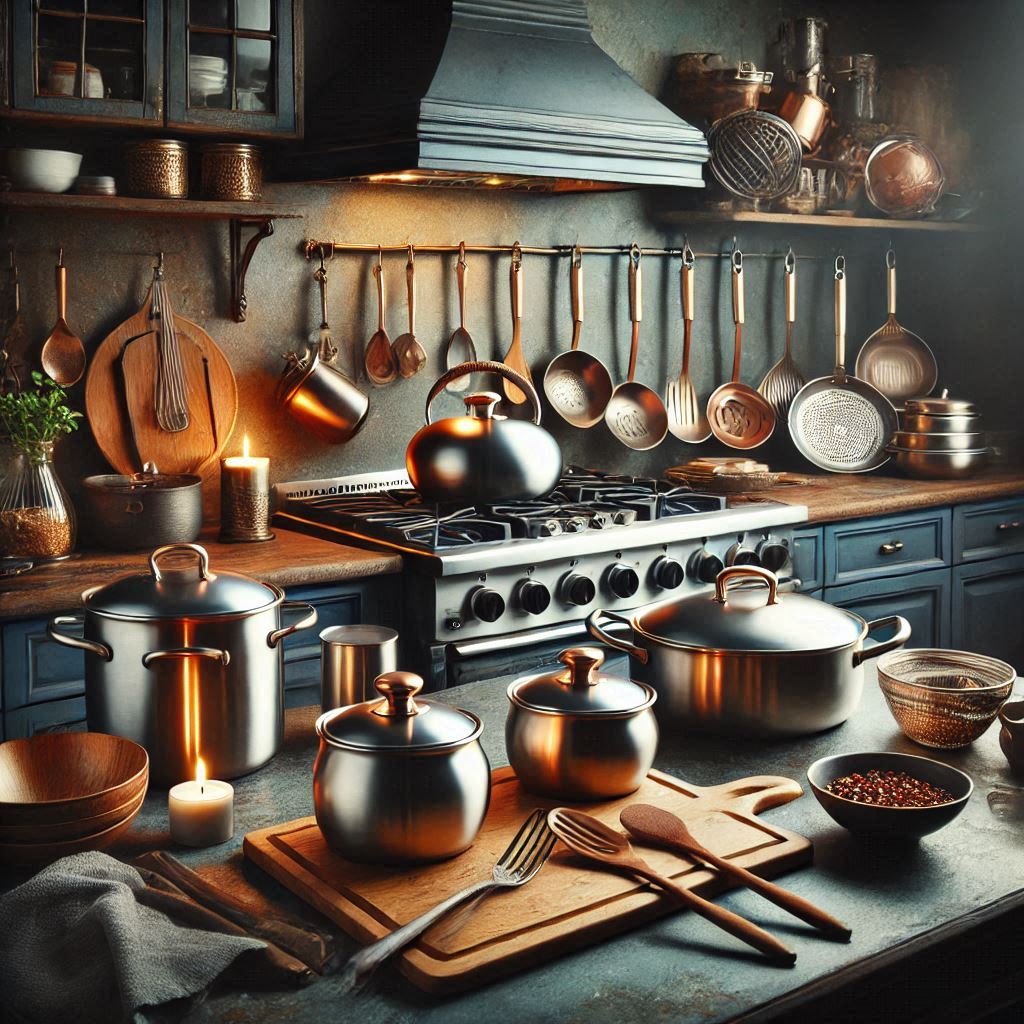
Leave a Reply